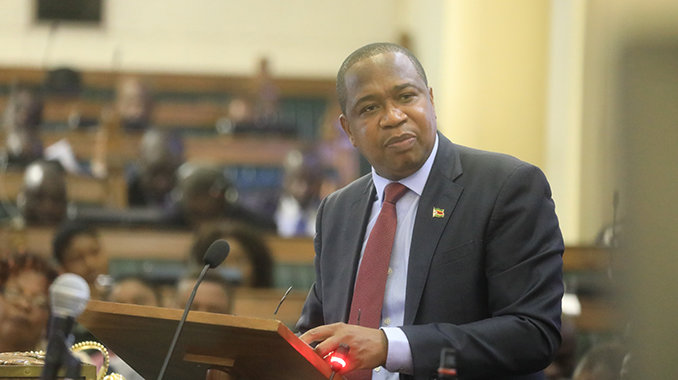Value addition opportunities arising from the abundance of natural resources and discovery of strategic minerals like lithium, oil and gas presents an opportunity for economic transformation and inclusive growth. While the country is already tapping into these resources, there is scope for optimising benefits through investments in exploration, extraction and value addition, especially through the local production of lithium-ion batteries for electric cars that underpin the transition to green energy.
These were bold statements from Zimbabwe’s Minister of Finance and Economic Development Hon. Prof. Mthuli Ncube as he tabled the government’s 2023 national budget statement this past week. Titled “Accelerating Economic Transformation”, the statement to Parliament projected that Zimbabwe’s mining sector is expected to grow by 10% in 2022, from the mid-year projection of 9.5%. This is largely driven by expected increased output in gold, platinum group metals (PGMs), chrome, nickel, diamond and coal underpinned by record high international commodity prices and increased investments in the sector.
According to Minister Ncube, Zimbabwe’s mining sector is expected to grow by 10.4% in 2023, underpinned by anticipated favourable international mineral prices, as well as increase in investments, especially in exploration, mine development and mechanisation.
Government had started engaging stakeholders to develop and “strengthen the governance framework for the mining sector in order to improve confidence and investment in the sector. To this end, with input from Cabinet, the major milestone has been the drawing up of the Mines and Minerals Amendment Bill, which is now at the point of gazetting, paving the way for a consultative process involving Parliament”.
“The target”, Ncube stated, “is to finalise the new legislation before end of 2023. 278. Furthermore, work is underway for the amendments of the Gold Trade Act and the Precious Stones Trade Act to strengthen and align the Act with the Amended Mines and Minerals Act”.
There are around 40 different minerals mined in Zimbabwe, which has a very diverse mining industry. Platinum group metals (PGM), chrome, gold, coal, and diamonds are the main minerals. With over 2.8 billion tons of PGM and 10 billion tons of chromium ore, the nation has the second-largest platinum deposit and high-grade chromium ores in the world. The mining industry makes up around 12% of the nation’s GDP, and the minister of mines asserts that if the government can resolve issues like ongoing power outages, a lack of foreign exchange, and policy uncertainty, the industry may create US$12 billion yearly by 2023.












